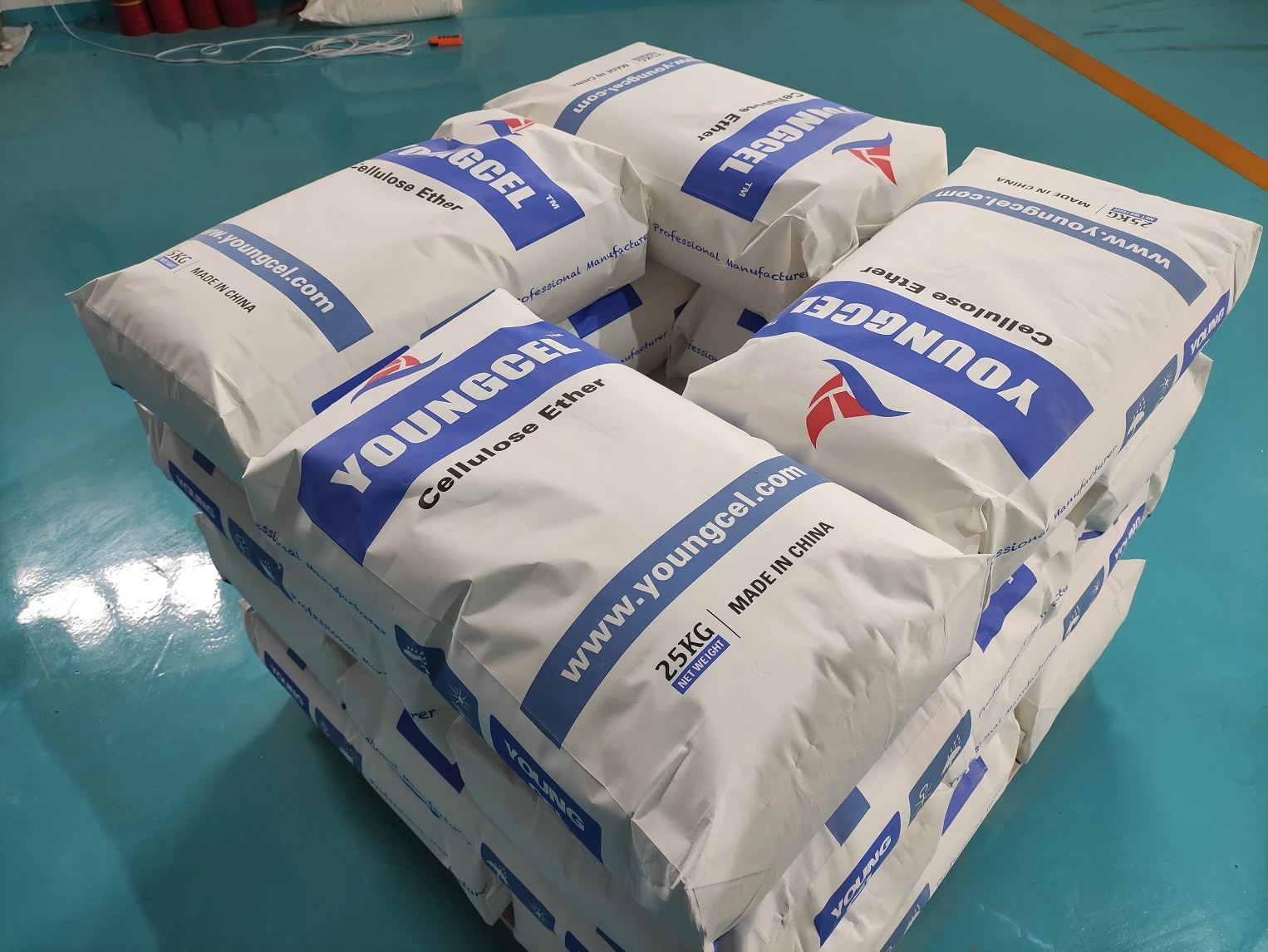Understanding Cellulosic Ethers Hydroxypropyl Methylcellulose (HPMC)
Cellulosic ethers, particularly Hydroxypropyl Methylcellulose (HPMC), play a crucial role in various industries, including pharmaceuticals, food, construction, and cosmetics. HPMC is a non-ionic cellulose ether that is derived from natural cellulose, which is abundant in plant cell walls. The modification of cellulose involves the replacement of hydroxyl groups with hydroxypropyl and methyl groups, resulting in a versatile polymer with unique properties that make it highly functional across multiple applications.
Chemical Structure and Properties of HPMC
The chemical structure of HPMC is characterized by cellulose's backbone, which comprises β-D-glucopyranosyl units linked together via β(1→4) glycosidic bonds. The degree of substitution (DS) of the hydroxypropyl and methyl groups can vary, making HPMC a customizable polymer that can exhibit differing physical and chemical properties. The substitution results in enhanced solubility in water, varying viscosity, and thickening properties, which are essential traits for its applications.
HPMC has excellent water retention capabilities and forms a gel-like structure upon hydration. This unique property makes it an ideal thickening agent, stabilizer, and emulsifier. Its non-ionic nature also means it does not interfere with ionic compounds, which is particularly valuable in pharmaceutical formulations.
Applications in Pharmaceuticals
In the pharmaceutical industry, HPMC is commonly used as an excipient in tablet formulations. Its ability to form controlled-release matrices allows for the sustained release of active pharmaceutical ingredients (APIs). This characteristic is particularly beneficial for patients requiring continuous medication delivery, as it helps maintain steady drug levels in the bloodstream.
Moreover, HPMC is also utilized in the formulation of gels and ointments, acting as a thickener and providing a smooth texture that is easy to apply. Its biocompatibility and non-toxic nature make it an excellent choice for pharmaceutical applications, ensuring safety in drug delivery systems.
Role in Food Industry
cellulos ether hpmc

HPMC is widely used in the food industry as a food additive. Recognized under the E-number E464, it serves as a thickening agent, emulsifier, and stabilizer in various food products such as sauces, dressings, and baked goods. The ability of HPMC to retain moisture contributes to improved texture and longevity of food products while enhancing mouthfeel.
Additionally, HPMC is used in gluten-free formulations, improving the structure and moisture retention of gluten-free breads and baked items. As consumers increasingly seek healthier and gluten-free options, HPMC’s demand in the food industry is expected to grow.
Construction and Building Applications
In the construction industry, HPMC is an essential component in dry-mix mortar formulations. It enhances the workability of mortar, allowing for better adhesion and improved application properties. Its water retention capabilities help to ensure extended open times, which is crucial for achieving high-quality finishes in plastering and tiling applications.
Moreover, HPMC is used in various building materials, including joint compounds and floor levelling compounds. Its thixotropic properties allow for easy application and handling, making construction tasks more efficient and effective.
Contribution to Cosmetics and Personal Care Products
HPMC has found its way into the cosmetics industry as well, where it is used as a thickening agent in creams, lotions, and gels. Its ability to provide a smooth texture and stability to emulsions makes it a popular choice among formulators. Additionally, HPMC’s water-retention properties are valuable in moisturizing formulations, contributing to skin hydration and overall product efficacy.
Conclusion
In conclusion, Hydroxypropyl Methylcellulose (HPMC) is a remarkable cellulosic ether with a wide range of applications across various industries. Its ability to provide thickening, emulsifying, and stabilizing properties makes it an invaluable ingredient in pharmaceuticals, food, construction, and cosmetics. As industries continue to innovate and seek sustainable, effective ingredients, the significance of HPMC and its derivatives is likely to grow, reinforcing its status as an essential component in modern formulations. Understanding the properties and applications of HPMC can lead to more effective product development and improved outcomes across multiple sectors.
-
Rdp Powder: Key Considerations for Wholesalers in the Building Materials IndustryNewsJul.08,2025
-
Key Considerations for Wholesalers: Navigating the World of Hpmc - Based ProductsNewsJul.08,2025
-
Hpmc Detergent: Key Considerations for WholesalersNewsJul.08,2025
-
Key Considerations for Wholesalers: China Hpmc For Tile Adhesive, Coating Additives, Concrete Additives, and MoreNewsJul.08,2025
-
Crucial Considerations for Wholesalers: Navigating the World of Construction MaterialsNewsJul.08,2025
-
Key Considerations for Wholesalers Sourcing Additive For Cement, Additive For Concrete, Additive For Putty from Additive Manufacturer Shijiazhuang Gaocheng District Yongfeng Cellulose Co., Ltd.NewsJul.08,2025




